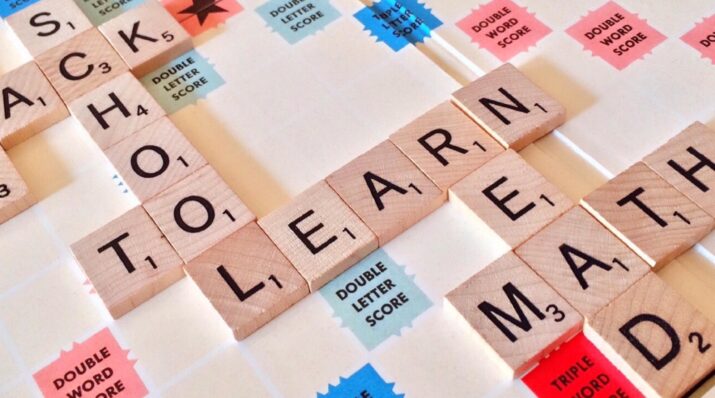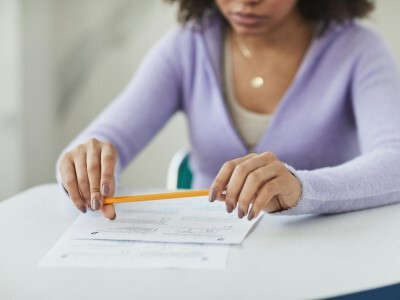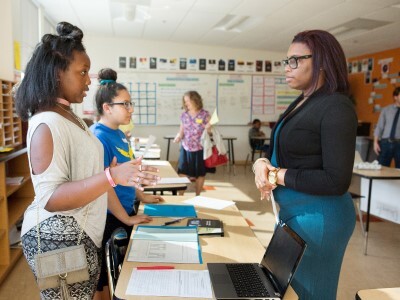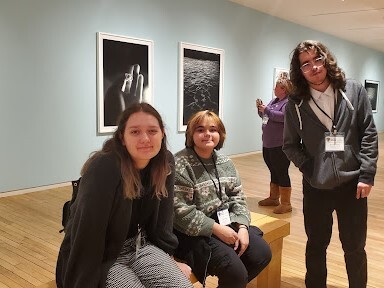Reimagining Assessment
Feedback Loops Lead the Way to Mastery
Topics

Educators are rethinking the purposes, forms, and nature of assessment. Beyond testing mastery of traditional content knowledge—an essential task, but not nearly sufficient—educators are designing assessment for learning as an integral part of the learning process.
Elementary students and their teacher reflect on getting feedback from experts, in support of growing as a learner.
Recently a group of elementary students from Henry County Schools, a school district near Atlanta, engaged “community experts” in a round of feedback conversations while working on an authentic task. The driving question for the task centered around students proving which rocks and soil would best support life on Mars, and they spoke with local community members. They wanted to have the opportunity to present to adult experts before finalizing their presentations.
Student Reflections
These are some of the students’ thoughts on how feedback is helping them in their learning experiences.
How does feedback help you learn better?
I think feedback is important because you can learn about what your mistake was and you can retry it.
We can learn different things by having the experts talk to us. Not knowing them, they could give us feedback because it wouldn’t be harmful. They wouldn’t be so worried about hurting our feelings and they would tell us the truth.
Feedback helps us for the next round. If you didn’t have anything that you did wrong, then you wouldn’t know what to do next time. You would do the same thing next time.
When you give feedback to someone else it helps you prepare for yourself. When you give that person feedback, you can try to not do that yourself.
Who do you like getting feedback from?
I think it would be fine if we got feedback from someone we don’t know because we don’t really know them and they don’t really know us, so the feedback would help us to understand if they understood us.
Experts because experts know a lot about what you are learning, so it’s good to get feedback from them.
Experts because they know a lot about the work. They know more than our teachers and people in the class. I would like to be complimented by them.
Teacher Reflections
The students’ teacher also spent some time reflecting on the role of feedback loops in her classroom. She shares the moves she has to make in order for feedback to be seen as an ongoing conversation in the classroom.
How does feedback help students reflect on their mastery of the standards?
Mastery of a standard often requires students to master multiple elements within that standard. Without feedback, students often struggle to identify which elements they have mastered and which elements they are still struggling with. A student will continue to struggle unless they can identify where specifically they have gaps. Once the student is aware of their strengths and weaknesses they can reflect and set a course of action. The student is empowered to own their data and make choices based on that data. This student empowerment allows the student and teacher to work in collaboration to target areas of weakness and ultimately master the standard.
How has the classroom environment changed as a result of feedback loops?
I completely changed the way I structured my time with students. We created individual conference time each day. This time was completely student-driven. Students could sign-up to receive feedback on their work at the beginning and end of the day. Similarly, each content area I taught had ten minutes for small group sign-up sessions. During this time, students could bring their work and receive feedback and support. This time was both teacher- and student-driven. I also incorporated self-assessment and critical friend opportunities frequently in our whole group instruction time. Feedback became a centerpiece of how we structured our day. The kids loved it. They felt empowered to drive their learning experience. One student said to me, “I love that we can get help each day if we need it!”
How do we encourage students to authentically engage in conversations with others about the quality of their work?
Feedback, reflection, and revision need to be a visible part of the learning process. As teachers we must model this process and highlight it in our students. By making this feedback loop a part of the learning process, we are communicating to our kids that feedback is the key to growth. Feedback becomes a routine part of the learning process. In addition, we must create a class culture that celebrates the voices of our students. Students must know that their ideas and opinions matter. We must validate student feedback and provide a framework for students to communicate their ideas. By doing this, we create a community of learners that can successfully give and receive feedback from peers.
The goal of feedback loops is to engage students in meaningful reflection leading to mastery of learning. But as demonstrated through this example, engaging in feedback loops can’t be an accidental occurrence in the classroom. Time must be allotted, students must be coached, and authentic audiences must be invited into the learning. Teachers who want to make feedback an integral part of their learning environment must rethink the role of conversation and collaboration during daily learning to allow students to use feedback effectively.
Photo by Today Testing via Wikimedia. CC BY-SA 4.0




